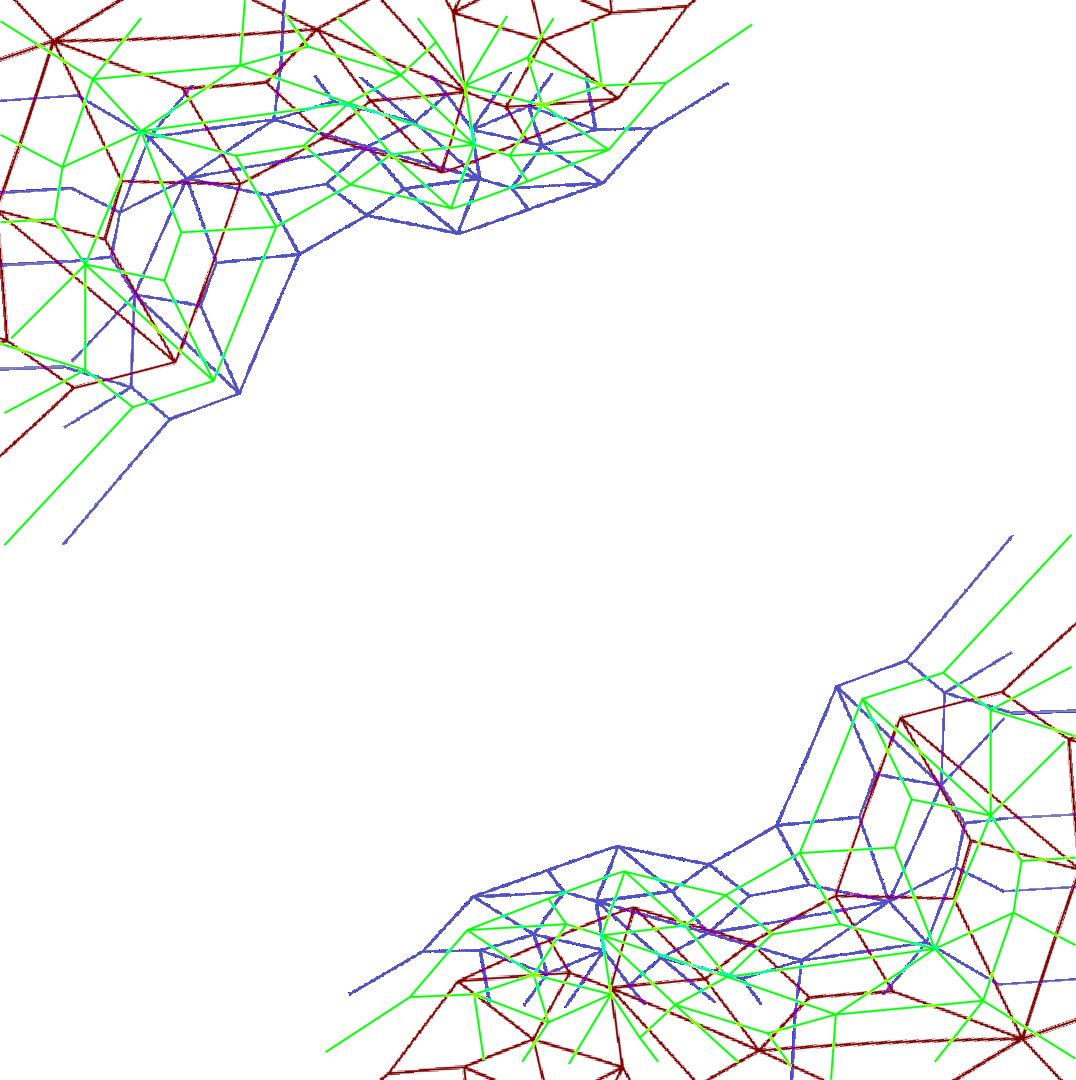Published on Science Advances (24 March 2021)
Author(s): Zhicheng Zhang, Guigao Liu, Xiaoya Cui, Yue Gong, Ding Yi, Qinghua Zhang, Chongzhi Zhu, Faisal Saleem, Bo Chen, Zhuangchai Lai, Qinbai Yun, Hongfei Cheng, Zhiqi Huang, Yongwu Peng, Zhanxi Fan, Bing Li, Wenrui Dai, Wei Chen, Yonghua Du, Lu Ma, Cheng-Jun Sun, Inhui Hwang, Shuangming Chen, Li Song, Feng Ding*, Lin Gu*, Yihan Zhu*, Hua Zhang*
Abstract
Metallic nanostructures are commonly densely packed into a few packing variants with slightly different atomic packing factors. The structural aspects and physicochemical properties related with the vacancies in such nanostructures are rarely explored because of lack of an effective way to control the introduction of vacancy sites. Highly voided metallic nanostructures with ordered vacancies are however energetically high lying and very difficult to synthesize. Here, we report a chemical method for synthesis of hierarchical Rh nanostructures (Rh NSs) composed of ultrathin nanosheets, composed of hexagonal close-packed structure embedded with nanodomains that adopt a vacated Barlow packing with ordered vacancies. The obtained Rh NSs exhibit remarkably enhanced electrocatalytic activity and stability toward the hydrogen evolution reaction (HER) in alkaline media. Theoretical calculations reveal that the exceptional electrocatalytic performance of Rh NSs originates from their unique vacancy structures, which facilitate the adsorption and dissociation of H2O in the HER.
 Fig. 1 Morphology and structure characterization of Rh NSs with HCP structure.
Fig. 1 Morphology and structure characterization of Rh NSs with HCP structure.
Read more: https://doi.org/10.1126/sciadv.abd6647
